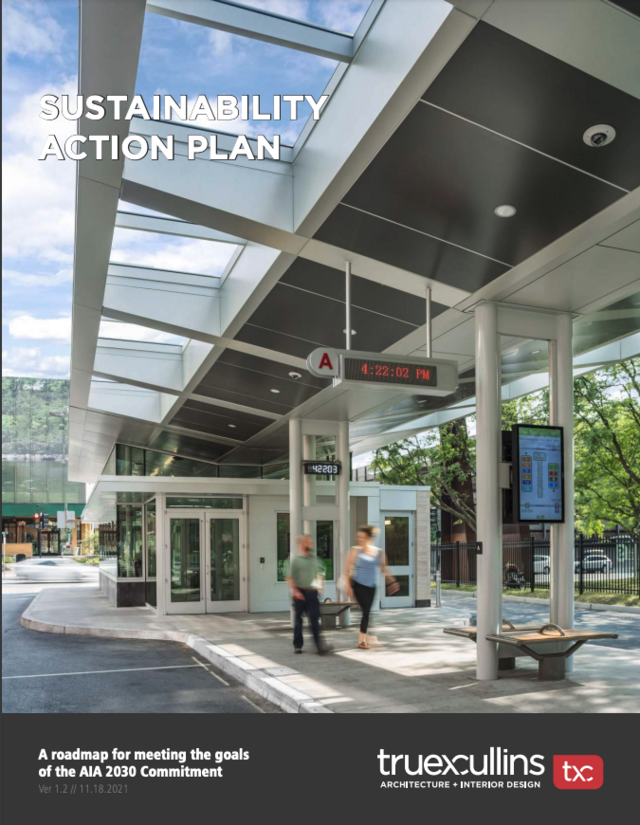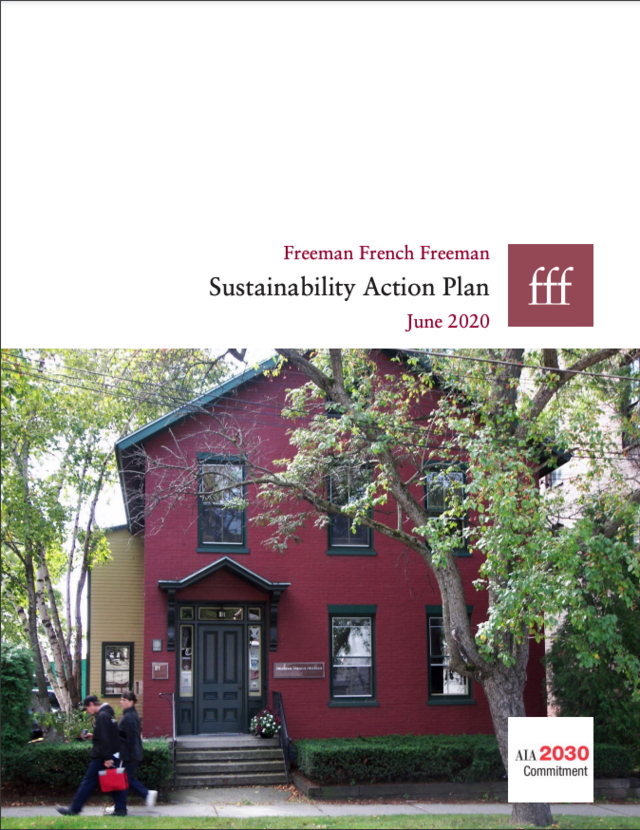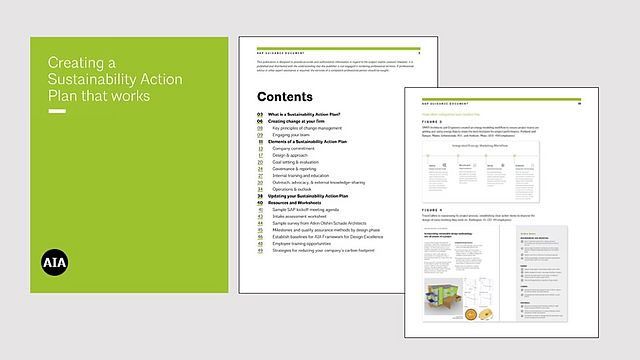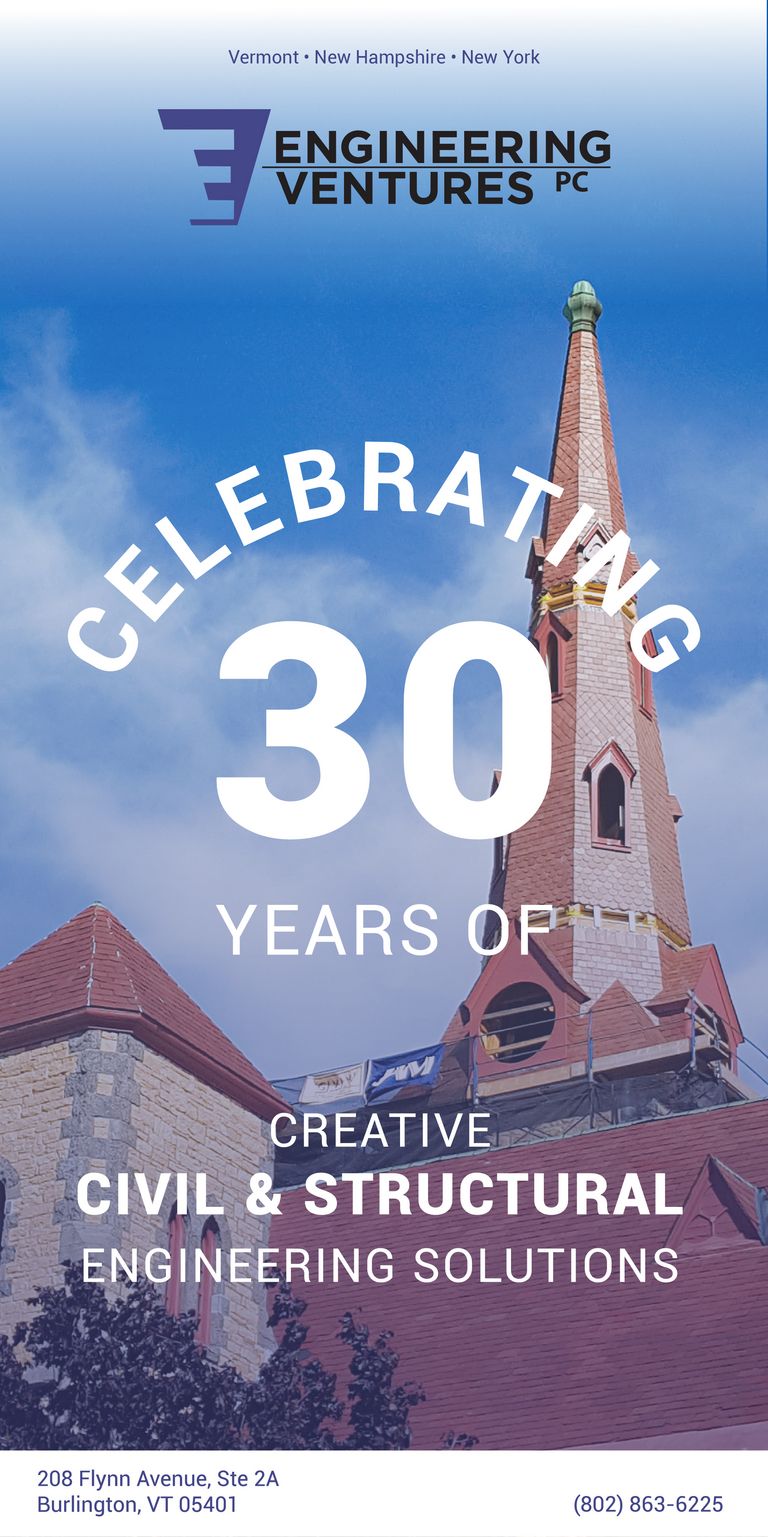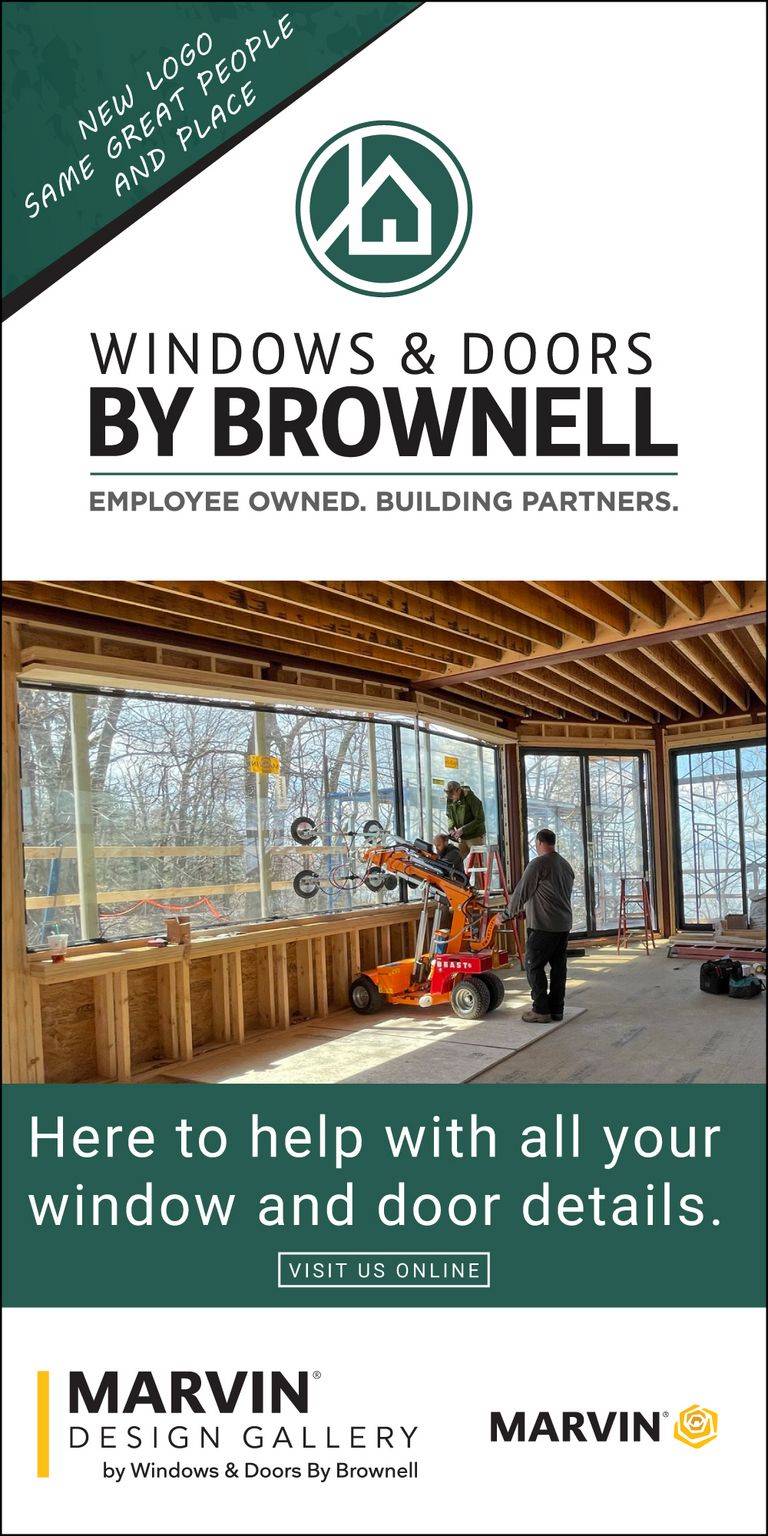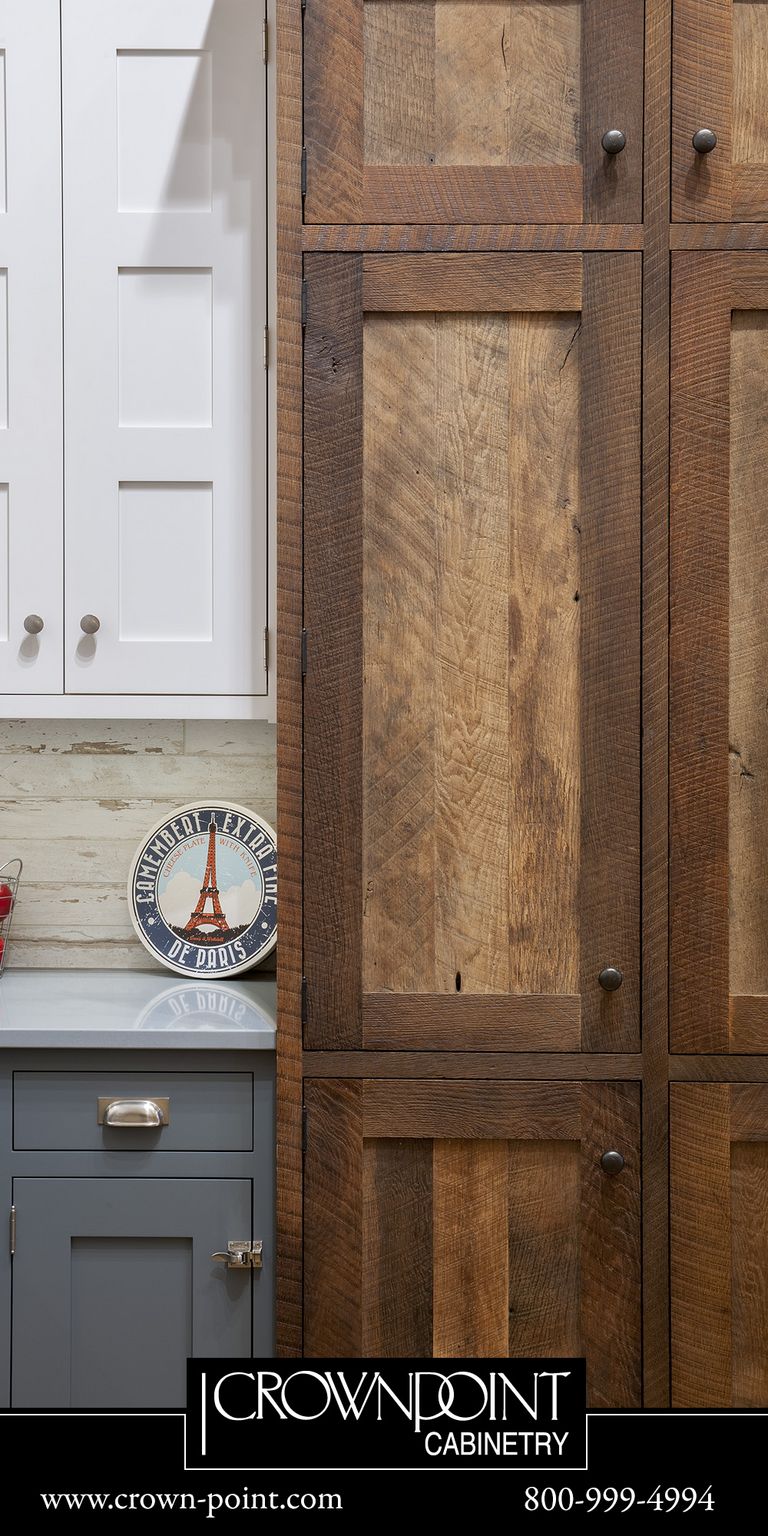AIAVT Members Discuss the 2030 Commitment
AIA Vermont hosted a roundtable discussion on the 2030 commitment during the lunch hour on April 14, 2023. We were pleased to see so many members joining the conversation, from all corners of our home state. I work at Freeman French Freeman, and joined Matt Bushey, TruexCullins, to start the webinar with an introduction to each of our firms’ 2030 efforts to date, and a little background on the AIA’s 2030 commitment. Both firms flipped quickly through their Sustainability Action Plans (SAP) as a way to frame the conversation. Developing a Sustainability Action Plan is one of the first steps upon joining the 2030 commitment, and Matt also showed some examples of simple one-pager SAPs as potentially less-intimidating options for firms just getting started.
Matt reminded us that reporting to 2030 is based on Projected Energy Use Intensity (pEUI) from energy modeling for architecture projects, and Lighting Power Density (LPD) for interiors-only projects. Matt also showed some data from AIA that indicates only about half of all signatories to the AIA 2030 commitment have reported data at least once. We talked as a group about some of the barriers to reporting, and what Vermont firms are doing to integrate 2030 efforts into our practices.
Below are some of the topics and questions that came up during the webinar, along with highlights of the discussion.
What tools are VT firms using to calculate pEUI on projects?
TruexCullins (TXC) is using cove.tool now, but were not when they first joined the commitment. Matt shared some comparison data on Sefaira, Cove.tool, and Autodesk Insight that they looked at when doing their software research. An Embodied Carbon feature is new and coming to cove. The software requires a very “good” and clean Revit model.
Bill Maclay’s office shared they’ve found Tally integrates better with Revit directly.
Many firms are relying on third-party energy models, particularly for larger projects.
Eric Morrow noted he’s using passive house prescriptive calculators to guide his residential projects. Then he works with Chris West for Passive House energy modeling. He noted Chris is a great value and adds value to the project.
How do firms keep on top of reporting each year?
TXC is a 35-person firm, so a 6-person committee for 2030 feels appropriate. Forming a committee or group within the firm can help with keeping momentum going. Reporting is due March 31 each year, for the previous year’s portfolio. TXC keeps an excel spreadsheet to keep track of data for 2030. TXC shared some insight into how they’re doing relative to the 2030 goals.
Some firms noted that this conversation, and others like it in the future, may help to inspire them and other firms to be more consistent in their reporting.
How do we communicate the need to do 2030 work with clients?
Maclay’s office shared that their design standard on all projects is to make buildings net-zero ready. They’ve found success with talking cash flow rather than payback. When a client says, “We can’t afford net zero,” the response is often “you can’t afford not to.” For instance, by looking at your mortgage costs over 30 years, there’s a $60k savings over the life of your loan by designing this way.
2030 is about Predicted EUI – what about how our buildings are actually performing?
Some firms noted they have more actual EUI data than pEUI. By staying in touch with clients and checking in on how the building is performing, we can gather real data on our designs.
Others have pEUI on most projects but hardly any actual EUI data post-occupancy.
It was noted that all-electric buildings make it much easier to get usage data from clients, since you only need to ask clients for their electric utility bills.
Conclusion
This certainly felt like the first of many conversations that AIA Vermont members will need to have to support one another in this necessary work. Creating climate-positive buildings is why many of us got into this profession in the first place, and being active participants in the AIA’s 2030 Commitment is an important way we can hold ourselves accountable. Thanks to all those who joined the discussion, and keep an eye out for more from AIAVT’s COTE committee later this year.
If you’re interested in joining AIAVT’s Committee on the Environment (COTE), please reach out to Sarah O Donnell. We meet once per month via Zoom, and we’re always welcoming new members.

